They Drive by Night /1940/Warner Bros./ 95 min.
Humphrey Bogart gets fourth billing in “They Drive by Night” (1940, Raoul Walsh). Cool, cocky wisecracks are in short supply and there are no dustups with lanky, gum-chomping weasels or fat men with spats and cravats.
That said, he brings depth and dimension to the part of Paul Fabrini, a salt-of-the-earth, devoted husband (his wife is Gale Page) eking out an existence as a truck driver with his brother Joe (George Raft). Of the two, Joe is brainier and more charming – he is also a bit of a ladies’ man until he meets salty/sweet diner waitress Cassie Hartley (Ann Sheridan).
But, not surprisingly in film noir, Joe’s past taps him on the shoulder in the form of cold-blooded, social-climbing, dressed-to-the-nines Lana Carlsen (Ida Lupino). Apparently, the two of them had a fling, though we don’t learn much about it, lest that info detract from Joe’s decent, stand-up character. Lana is married to blustery, ever-chuckling, Teddy-bearish Ed Carlsen (Alan Hale), who is also Joe’s boss at the trucking company. But. Lana. Wants. Joe. Back. See? If that involves murder, then so be it.
As the film’s social-conscience premise is put on the back burner and the melodrama heats up, it really becomes Lupino’s show. In the hands of a lesser director, this would likely be a misstep, but Walsh makes it work. Walsh was known for action-packed storytelling and Lana’s deadly ploy to win Joe back is one of many dramatic high points.
In keeping with the rollicking drama, Walsh establishes a mysterious yet upbeat vibe unlike many of his noir contemporaries who specialized in creating moods of angst, alienation, entrapment and doom.
Here, the supporting players – Bogart, Sheridan, Hale and Page – give sharp, piquant performances, a cause that’s aided by a fast, witty script from Jerry Wald and Richard Macaulay, based on A.I. Bezzerides’ novel, “Long Haul.” Raft and Lupino also shine.
Arguably, by the time Lana goes off the deep end, Lupino’s overdoing it a bit. Look at where she starts, though, and you’ll see subtlety as her simmering emotions build to a crescendo of fury. Upon seeing Joe at Ed’s office, she tells him icily: “I wonder what I ever saw in you, anyway. You’re crude, you’re uneducated. You’ve never had a pair of pants with a crease in them. And yet I couldn’t say no to you.” When he retorts, “Don’t worry about it. I’m not asking you,” the look that flickers over her face leaves no doubt that this is just the end of a round and her menacing intensity grows as she gears up for the rest of the fight.
Walsh also directed Bogart and Lupino in 1941’s “High Sierra” and I’ll be reviewing that title as part of next month’s giveaway.
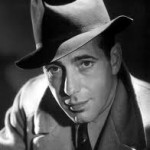
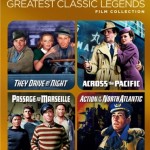
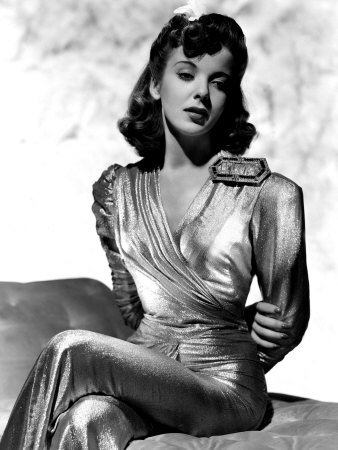





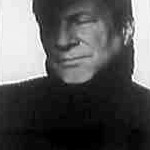
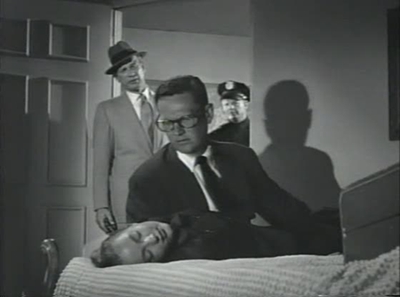





From FNB readers